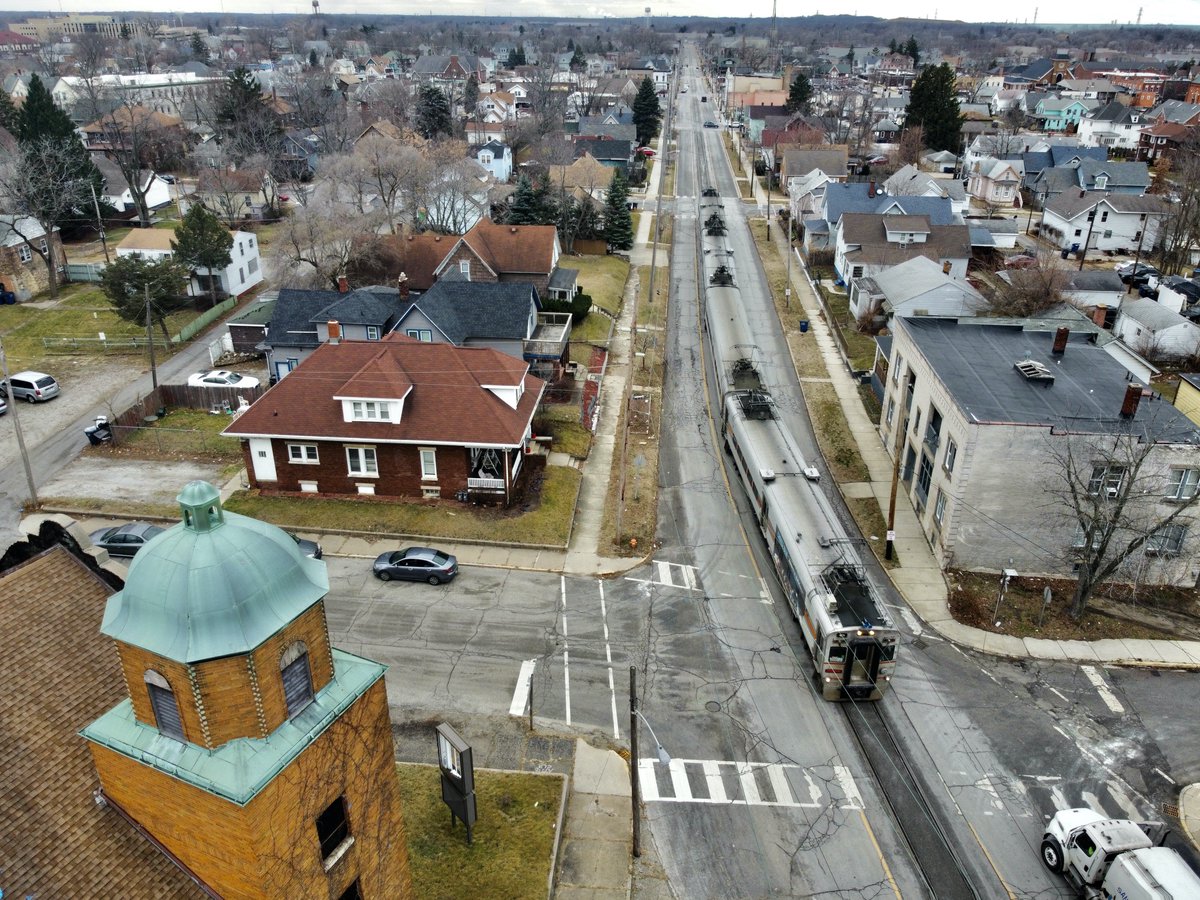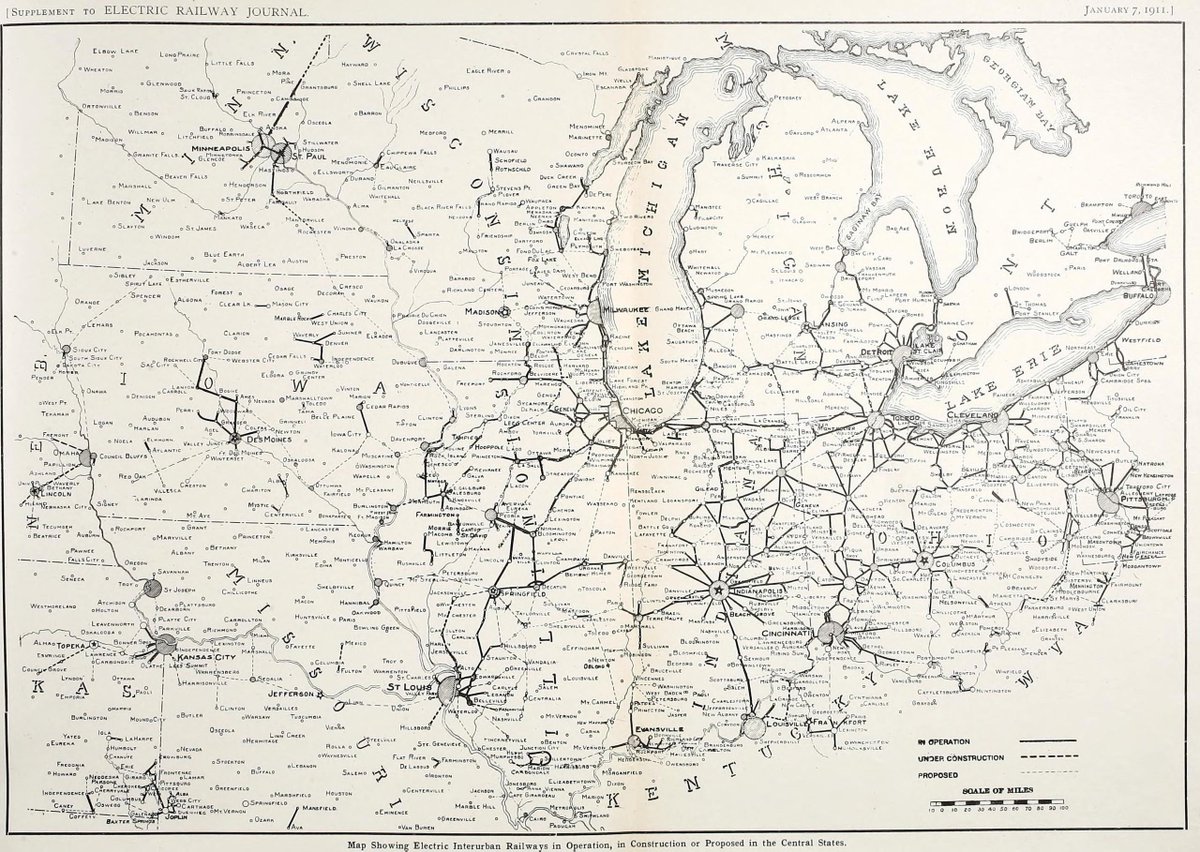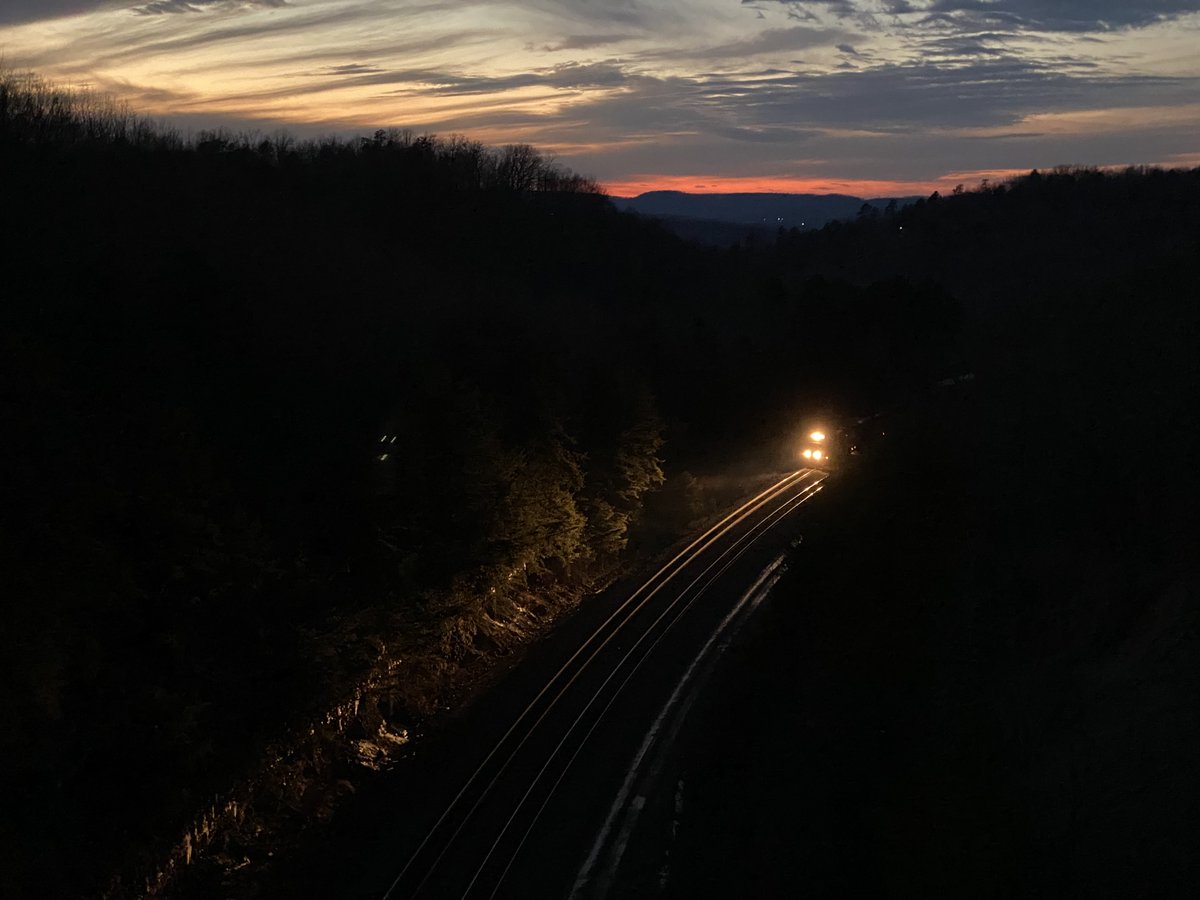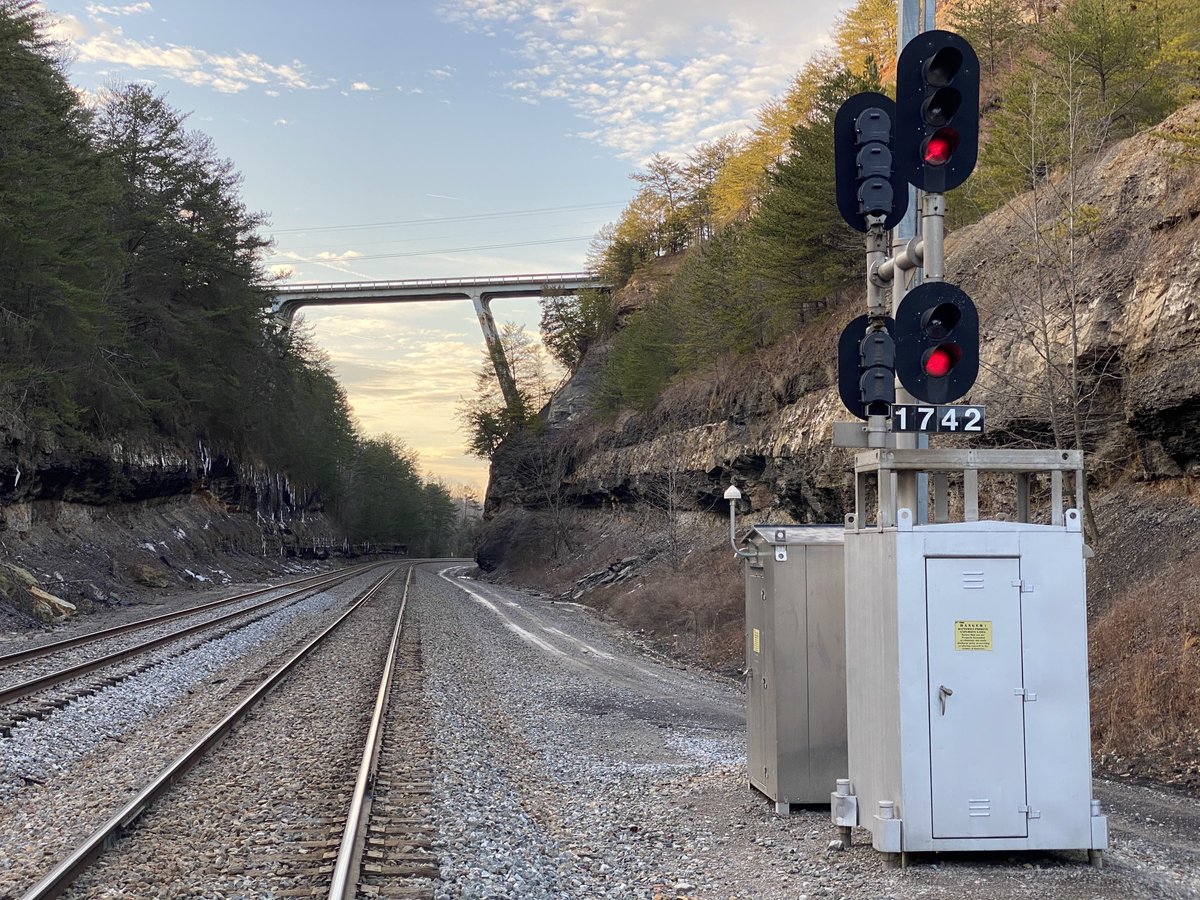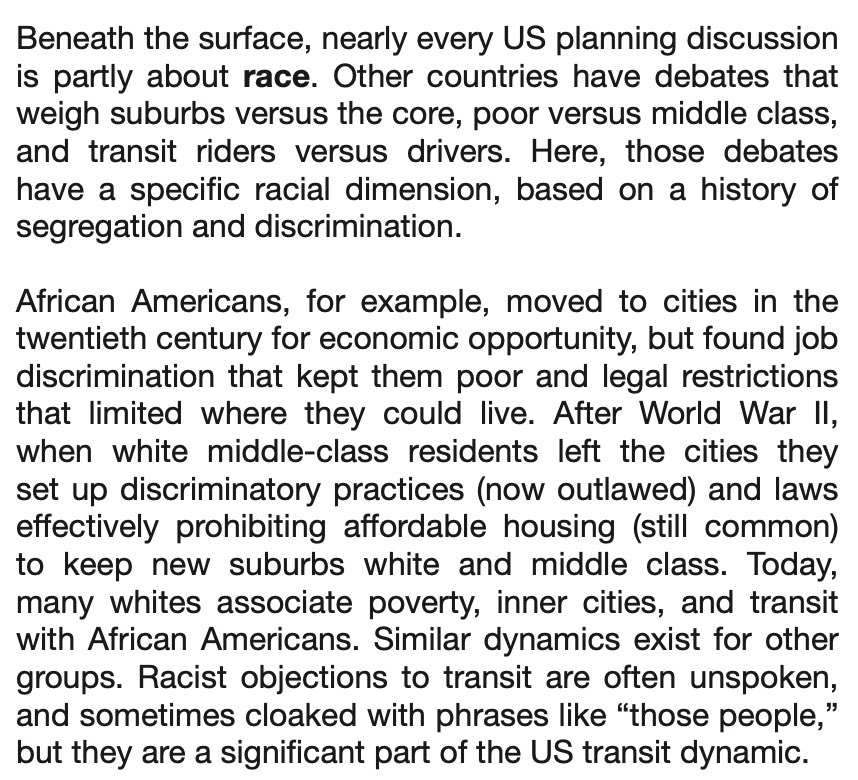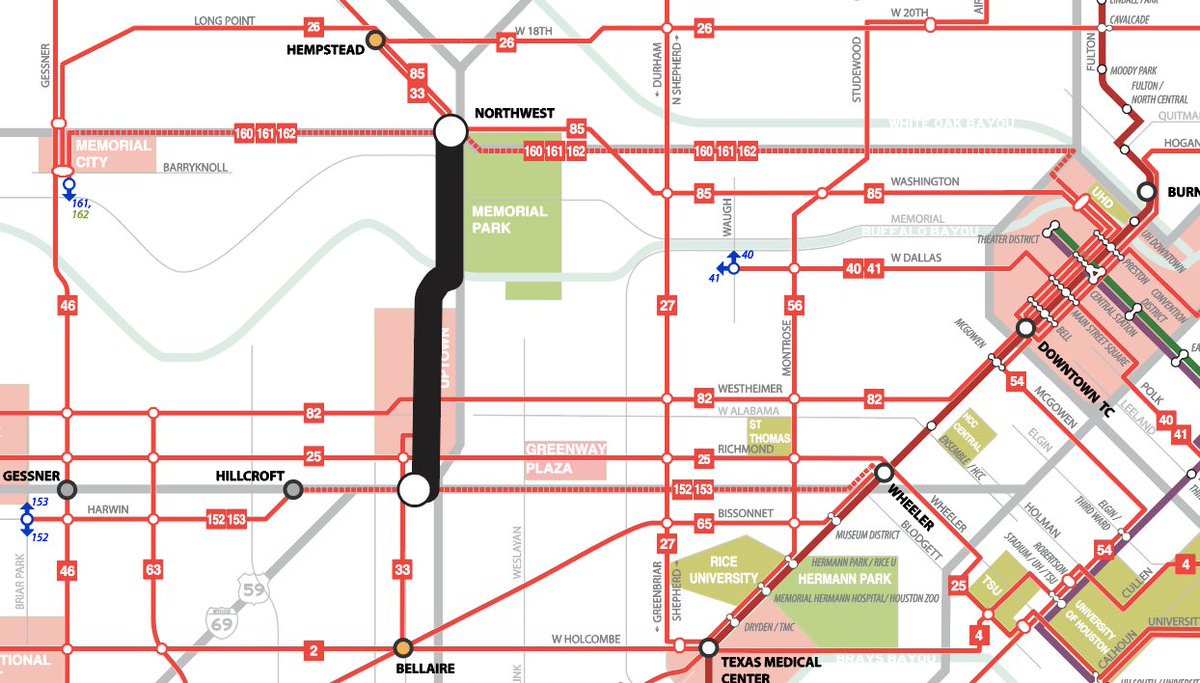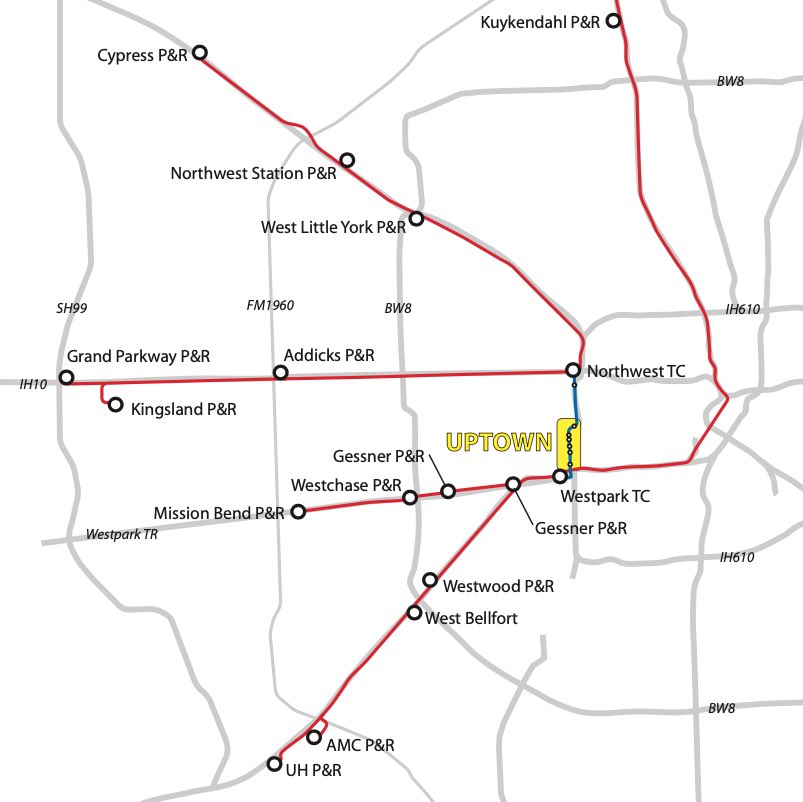
Natchez Trace Parkway Arches, south of Nashville, 582 ft precast concrete segmental arch bridge, 1994. 
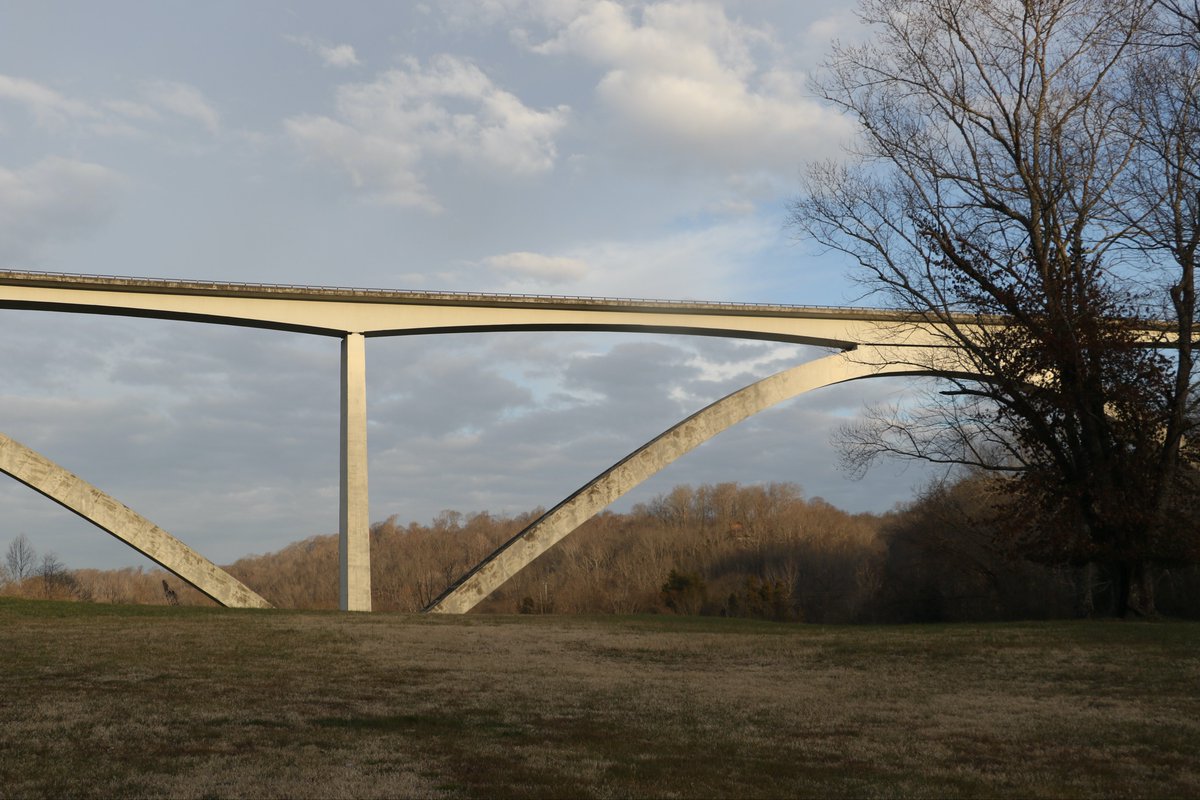
At the time it was a revelation — a lot of US cities and highway departments looked at this (and some of the new cable stayed bridges opening around the same time) and thought “Oh wow — bridges can look beautiful!” 

The term “signature bridge,” which was silly to begin with (why should we pick only a handful of bridges to look good?) and has now been stretched beyond all recognition, became a part of DOT talk. 

But we did end up building some great bridges inspired by this — the 1990s, 2000s, and 2010s have been a good time for big bridges in the US. The engineering firm that did the bridge, Figg, got hired for more projects across the country, and other firms got more creative. 

(More recently, though, Figg has been getting attention for all the wrong reasons — their design errors led to 6 deaths in the collapse of a pedestrian bridge in Miami, and they got fired by Harris County for flaws in the BW8 bridge.)
Whether we needed all those new bridges is another question, of course. The Arches are unusual that way — they carry not a new bypass highway, or more lanes for an existing interstate, just a 2 lane National Park Service scenic drive. (It’s spectacular — highly recommended.) 

• • •
Missing some Tweet in this thread? You can try to
force a refresh



